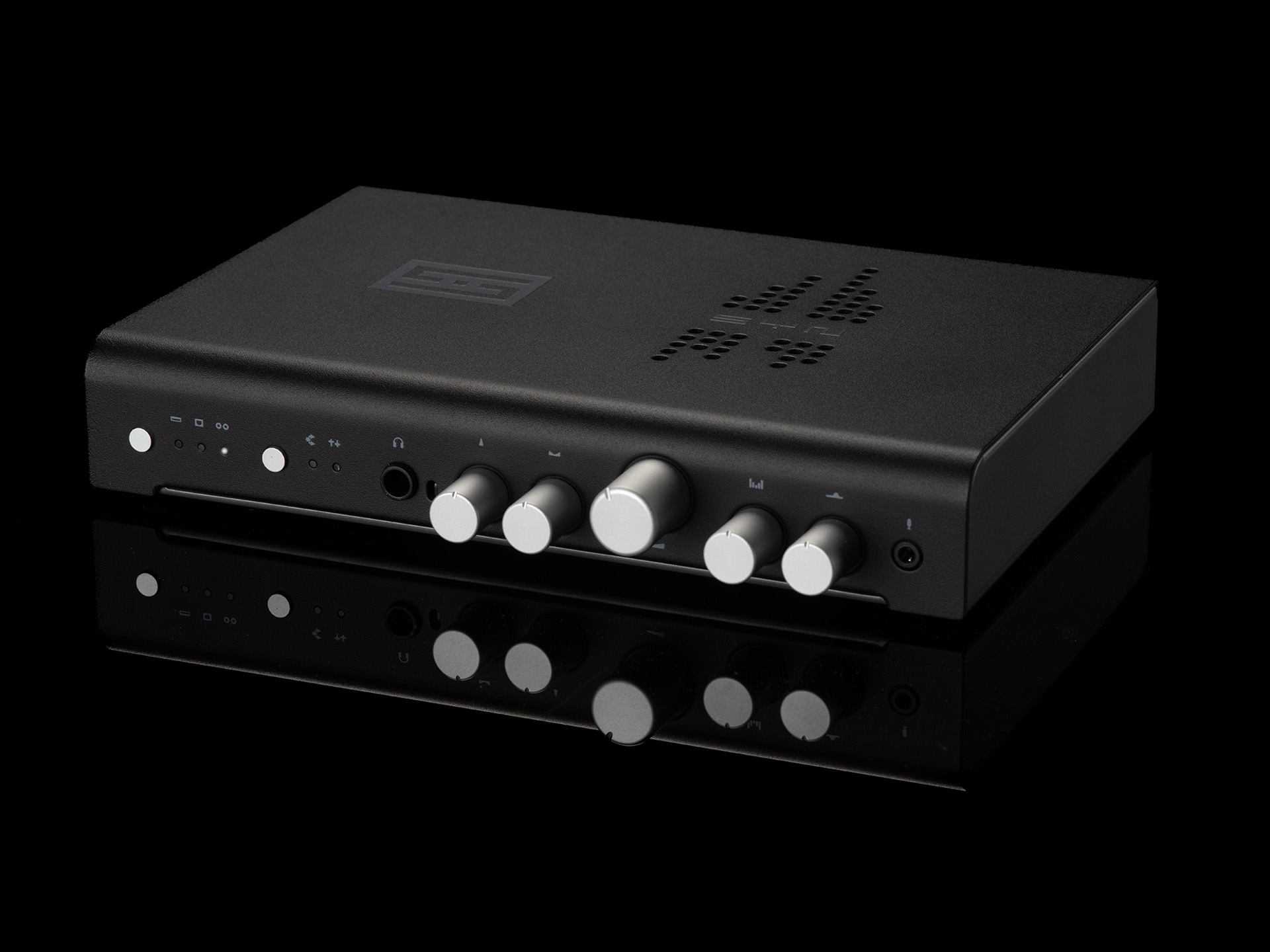Main L/R
Frequency Response: 20Hz-20Khz, +/-0.02db
THD: <0.0005%, 20Hz-20KHz, at 2V RMS
IMD: <0.0005%, CCIR
SNR: >118dB, A-weighted, referenced to 2V RMS
Crosstalk: >-80dB, 20Hz-20KHz
Topology: fully discrete voltage feedback, high current/high power output for headphone amp
Gain: 0dB
Output Impedance: 75 ohms
Headphone Out (from Main L/R)
Maximum Power, 16 Ohms: 1000mW RMS
Maximum Power, 32 ohms: 1000mW RMS
Maximum Power, 50 ohms: 700mW RMS
Maximum Power, 300 ohms: 180mW RMS
Output Impedance (headphones): 0.1 ohms
Center
Frequency Response: 20Hz-20Khz, +/-0.02db
THD: <0.0005%, 20Hz-20KHz, at 2V RMS
IMD: <0.0005%, CCIR
SNR: >118dB, A-weighted, referenced to 2V RMS
Topology: based on OPA1656/OPA1678
Gain: 0dB in absence of processing, up to 12dB with processing
Output Impedance (line out): 75 ohms
Surround
Frequency Response: -3dB at 7kHz
THD: <0.0006%, 20Hz-20KHz, at 2V RMS
IMD: <0.0006%, CCIR
SNR: >114dB, A-weighted, referenced to 2V RMS
Topology: based on OPA1656/OPA1678
Gain: 0dB in absence of processing, up to 12dB with processing
Output Impedance (line out): 75 ohms
Subwoofer Out
Frequency Response: -3dB at 80 Hz
THD: <0.0008%, 20Hz-20KHz, at 2V RMS
IMD: <0.0008%, CCIR
SNR: >112dB referenced to 2V RMS
Topology: based on OPA1656/OPA1678
Gain: 10dB referenced to mains
Output Impedance (line out): 75 ohms
USB Receiver: C-Media CM6635
DAC: ESS ES9018 with LM4562 I/V and filter stages
Sample Rates and Bit Depths
USB Playback: 16/44.1 to 32/384 supported without drivers on Windows 10, Mac, Linux, Android (any UAC 2 device) with autoswitching to UAC1 for PS4, PS5, and Switch consoles.
Mic Input: 48kHz
Optical Input: 16/44.1 to 24/192
Inputs: Digital Optical, Digital USB, Analog RCA
Outputs: Analog Main L/R, Center, Surround L/R, Subwoofer
Volume Control: analog, motorized Alps RK16812 series potentiometer
Remote Control: input select, mode select, master volume, mute
Other Controls: Center Level, Surround Level, Width, Presence, all done in analog with Alps RK09 or RK097 potentiometers
Power Supply: full linear supply with external power supply, wall-wart, internal filtering and regulation with dual-stage, ultra-quiet main supply and separate logic supply for microprocessor and digital section.
Power Consumption: 7W typical
Size: 9” x 6” x 1.5”
Weight: 2 lbs








